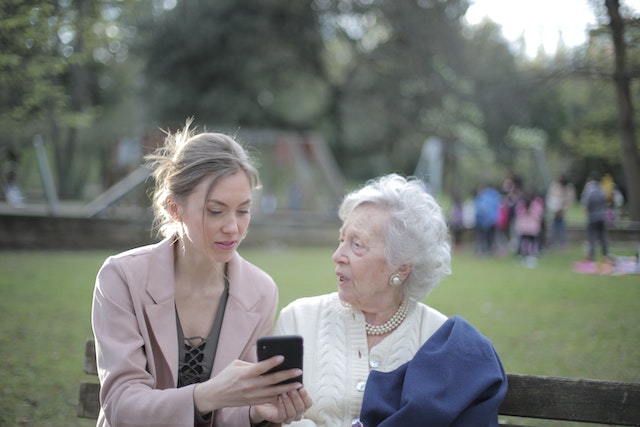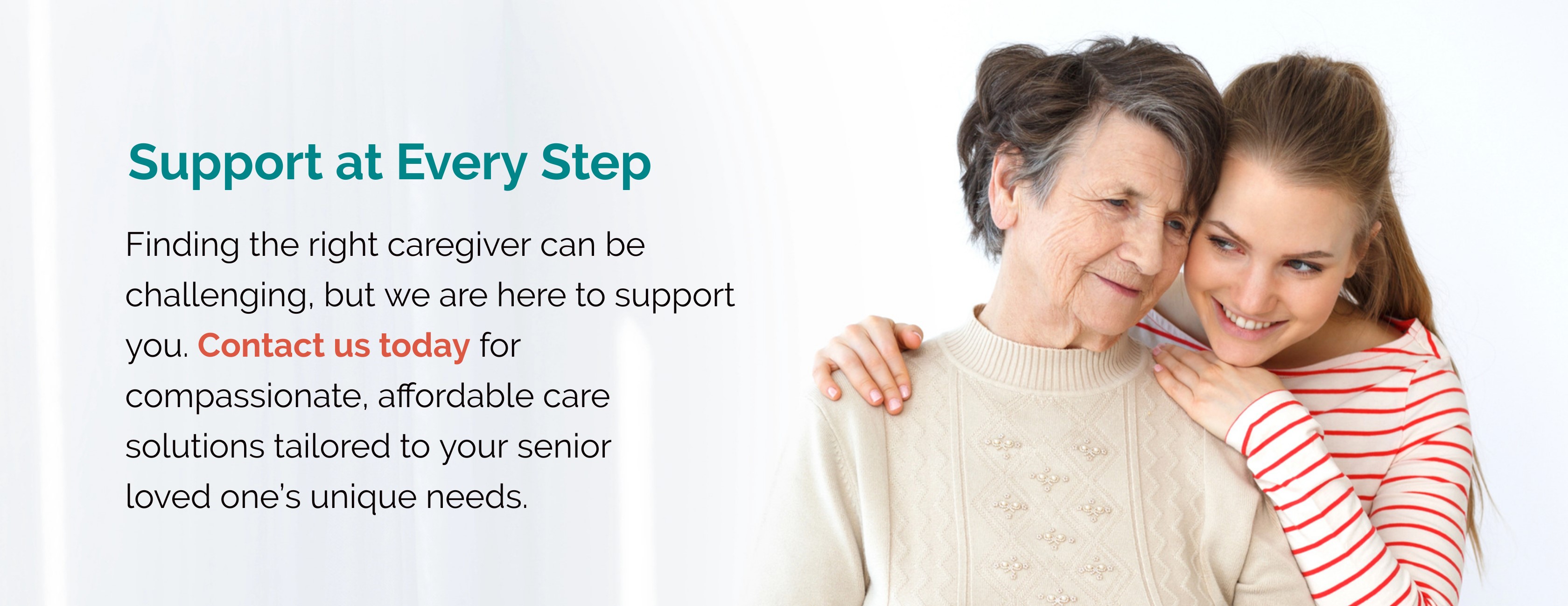
Effective communication lies at the heart of providing exceptional care in the caregiving profession. As a caregiver, your ability to communicate compassionately and attentively can significantly impact the quality of the relationships you build with your clients and their families. Explore strategies and techniques for enhancing communication skills in caregiving, empowering you to build stronger connections with those under your care.
Active Listening
Active listening is a fundamental component of effective communication. It involves giving your full attention to the person speaking, demonstrating empathy, and seeking to understand their perspective. Practice active listening by maintaining eye contact, nodding or using other nonverbal cues to show engagement, and asking open-ended questions to encourage further discussion. By truly listening, you can foster a sense of trust and create an open environment for meaningful conversations.
Empathy and Emotional Intelligence
Empathy is the ability to understand and share the feelings of another person. Cultivating empathy and emotional intelligence as a caregiver allows you to connect more deeply with your clients. Show empathy by acknowledging their emotions, validating their experiences, and expressing genuine care and concern. Attention to their emotional needs will help you provide personalized and compassionate care.
Clear and Respectful Communication
Clear and respectful communication is vital in caregiving relationships. Use simple language and speak slowly and clearly, mainly when communicating with clients with hearing impairments or cognitive challenges. Be mindful of your tone and body language, ensuring they convey respect and empathy. Strive to be patient and understanding, allowing clients to express their thoughts and concerns without interruption.
Nonverbal Communication
Nonverbal communication, such as facial expressions, gestures, and body language, can often convey more than words alone. Therefore, pay attention to your nonverbal cues and be mindful of how they may impact your clients' perceptions. Similarly, observe and interpret your clients' nonverbal cues, as they can provide valuable insights into their emotions and needs. For example, maintaining open and welcoming body language can help create a sense of comfort and trust.
Use of Technology and Visual Aids
In today's digital age, technology can be a valuable tool in enhancing communication. Explore using communication aids like tablets or smartphones to help clients express themselves or communicate their needs more effectively. Visual aids, such as picture boards or cue cards, can also benefit individuals with cognitive impairments. Adapt your communication approach to match the unique needs of each client.
Family and Caregiver Collaboration
Effective communication extends beyond client interactions and involves collaborating with their families and other caregivers. Maintain open lines of communication with family members, sharing relevant information and addressing any concerns they may have. Collaborate with fellow caregivers, exchanging insights and updates to ensure consistent care. Emphasize teamwork and maintain regular communication to provide comprehensive and cohesive support.
Enhancing communication skills in caregiving is essential for building stronger connections with your clients and fostering a positive care environment. By practicing active listening, demonstrating empathy, maintaining clear and respectful communication, being mindful of nonverbal cues, utilizing technology when appropriate, and collaborating with families and fellow caregivers, you can create meaningful connections that enhance the overall well-being of those under your care. Effective communication improves the quality of care and enriches the lives of caregivers and clients, creating a nurturing and supportive caregiving experience.

.jpg)
.jpg)
.jpg)
.jpeg)
.jpg)
.jpg)
.jpg)
.jpg)
.jpeg)